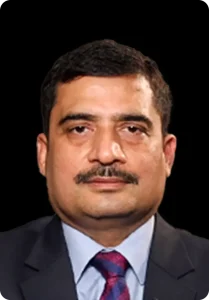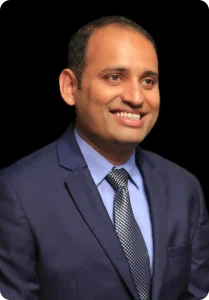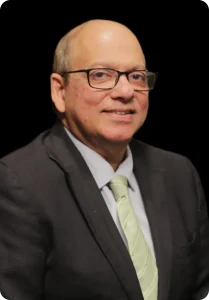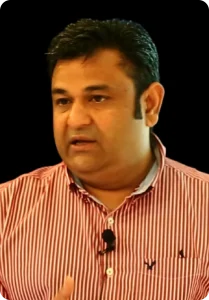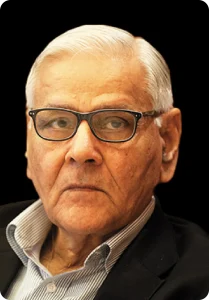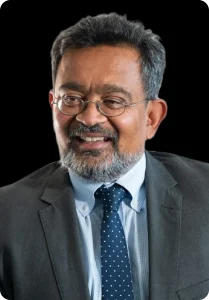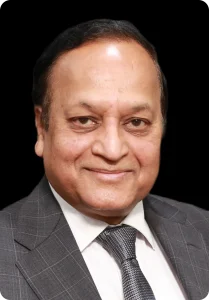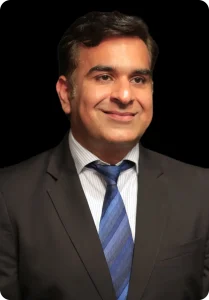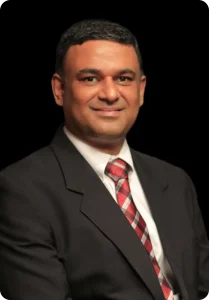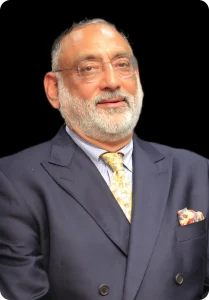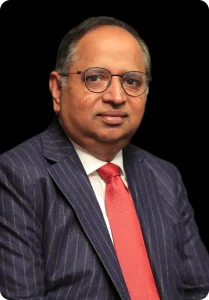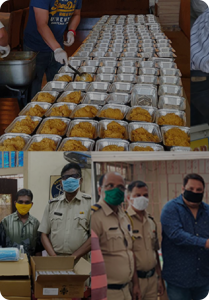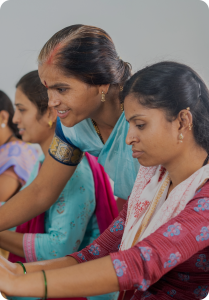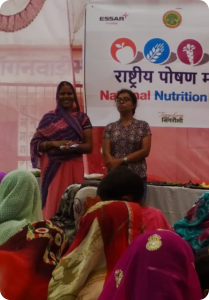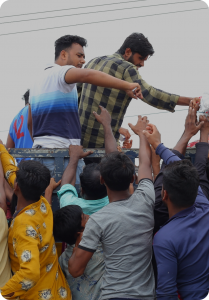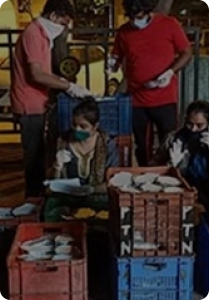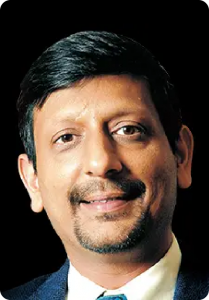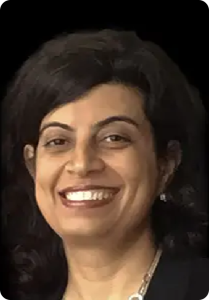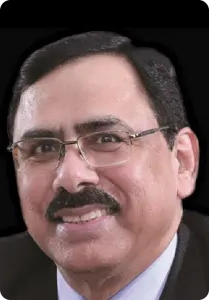Essar Ports plans to invest around Rs 6,000-7,000 crore to increase the cargo handling capacity of the port to around 100 million tonnes per annum (mtpa) in the next five years, the company’s Chief Executive Officer (CEO) Rajiv Agarwal told Moneycontrol.
The company plans to transform Salaya Port into a green port, where green hydrogen production, storage for biofuels and LNG would be undertaken, Agarwal told Moneycontrol in an interview at the Global Maritime India Summit in Mumbai.
The Essar group plans to also set up rail connectivity of 17 km and highway connectivity to the port, connecting Jamnagar with Amritsar.
Essar Ports had created 170 mtpa capacity across several ports but has divested many, including Vadinar Port, Hazira Port, Paradip Port and the Vizag Port to ArcelorMittal Nippon Steel India. It is now left with the 20 mtpa greenfield port in Salaya, in Gujarat and a 20 mtpa capacity in the UK. Salaya Port is the deepest port, with a draught of 15 metres and will have a depth of 18 metres in the second phase, Agarwal said.
Edited Excerpts from the interview
Q. A number of geopolitical situations have disrupted global trade, especially in the last three years. In your view, what can the Indian government and the industry do to safeguard domestic shipping lines and logistic players, going forward?
Over the last two years, we have seen multiple global disruptions jack up freight rates across different periods. But I think trade has gotten used to it, inflation goes up because it gets passed on to the customer. But by and large, other than that, I think people have got used to these wars and I think life seems to be normal at an individual level if you see, because at the end of the day, it’s the consumer who is the yardstick, basically whether goods and services are getting disrupted.
When there is a disruption, it is only natural that people will try to extract their pound of flesh. So what we can do, if you ask me, is we have to develop our own shipping lines if India is going to be one of the largest exporters and importers. India has a number of large ports and we are developing some more, which will come up in the next few years, but we have no international carrier. So whether it is for bulk freight, liquid freight, or container freight, the shipping sector has to develop from a geopolitical point of view, if we have to withstand the shocks which are going to come.
Q. There’s also talk about cabotage laws being abolished in India. How do you think that will affect coastal shipping within India?
When we talk to the foreign shipping lines, obviously they will want it. Normally, countries try to protect domestic coastal cargo but if there are no ships or the idea is that you’d have to open up everything, it’s a different matter, but in my view, there should be some safeguards that the government should maintain from the point of view of the cargos, from the point of view of security.
If cabotage laws are abolished in India, it will make it harder for Indian players to match the cost structures of international players. The government will then have to improvise some policies to provide a level playing field for Indian companies. One example of the same is that foreign shipping lines get tax benefits for their crew but Indian firms have to pay up to 40 percent tax for their crew.
Apart from that, the taxation on the whole shipping business makes it very difficult for Indian shipping companies to grow.
Q. What were your total cargo handling volumes in FY23 and what is your target for FY24?
In 2022, we did about 50 million tonnes. This year with a lot of divestment I think we have to take time to grow again. So we have one greenfield port in Salaya which has a 20 million tonne capacity. So we are hoping that we will do about 9 to 10 mt there by next year and we want to grow that port to 100 mt.
Yeah, because it has the potential and we want to diversify the cargo basket. We aim to set up facilities to handle ammonia, hydrogen, biofuels, storage of all these things and also LNG, etc, plus some containers and liquids at the Salaya Port.
Q. What sort of investment will go into expanding Salaya Port to handle 100 mt of capacity and what is the timeline for the same?
We are looking at about Rs 6,000 crore to Rs 7,000 crore of investment, and this will take place in 4 to 5 years. We’re also developing a rail link to connect the port to the main line which is going to be very helpful.
Q. Last year Essar Ports concluded a $2 billion sale of port and power infra assets to ArcelorMittal Nippon Steel India. What is the timeline for the completion of the divestment?
It’s almost completed. The last one, one port is left which also will get done in the next month, by this month’s end or next month. By and large, the transaction is completed.
Q. Are there any other acquisitions that you’re looking at given that your debt is at a considerably low level now?
Yeah, we are looking at various options and we’re also looking at investing along with our other group companies to help them in their cargo requirements.
Source: moneycontrol.com

